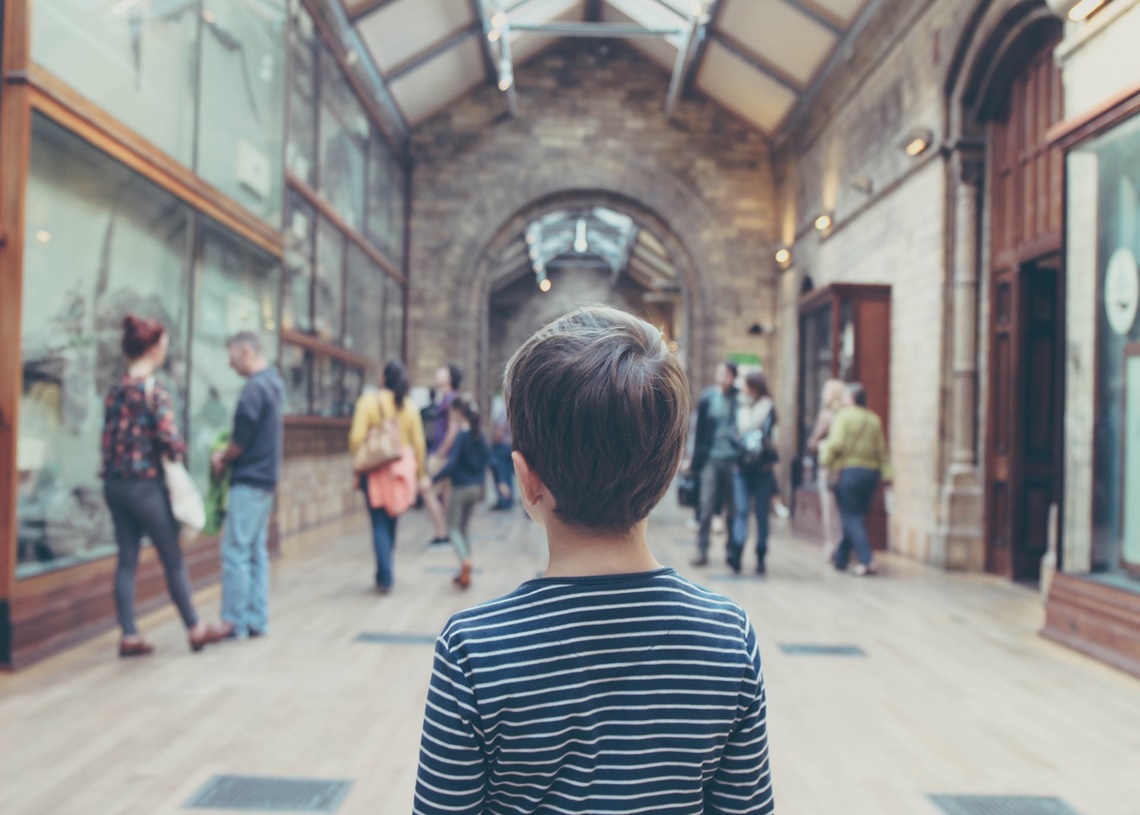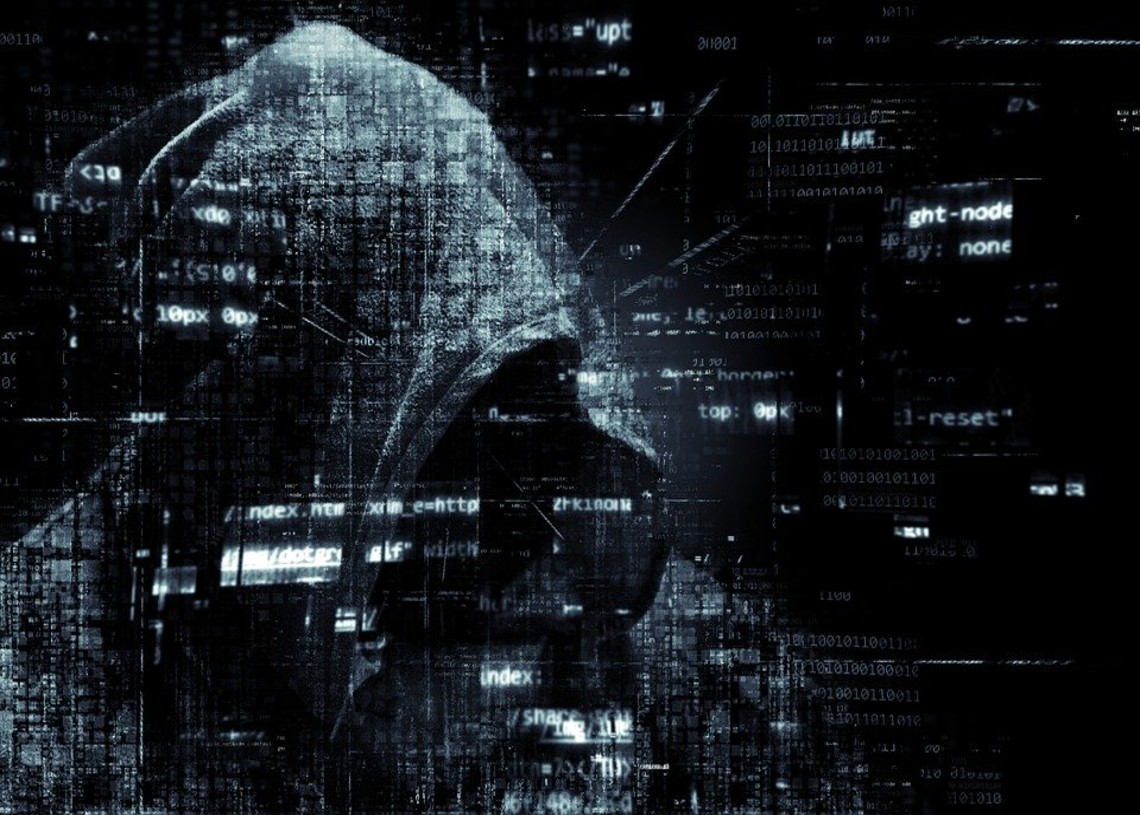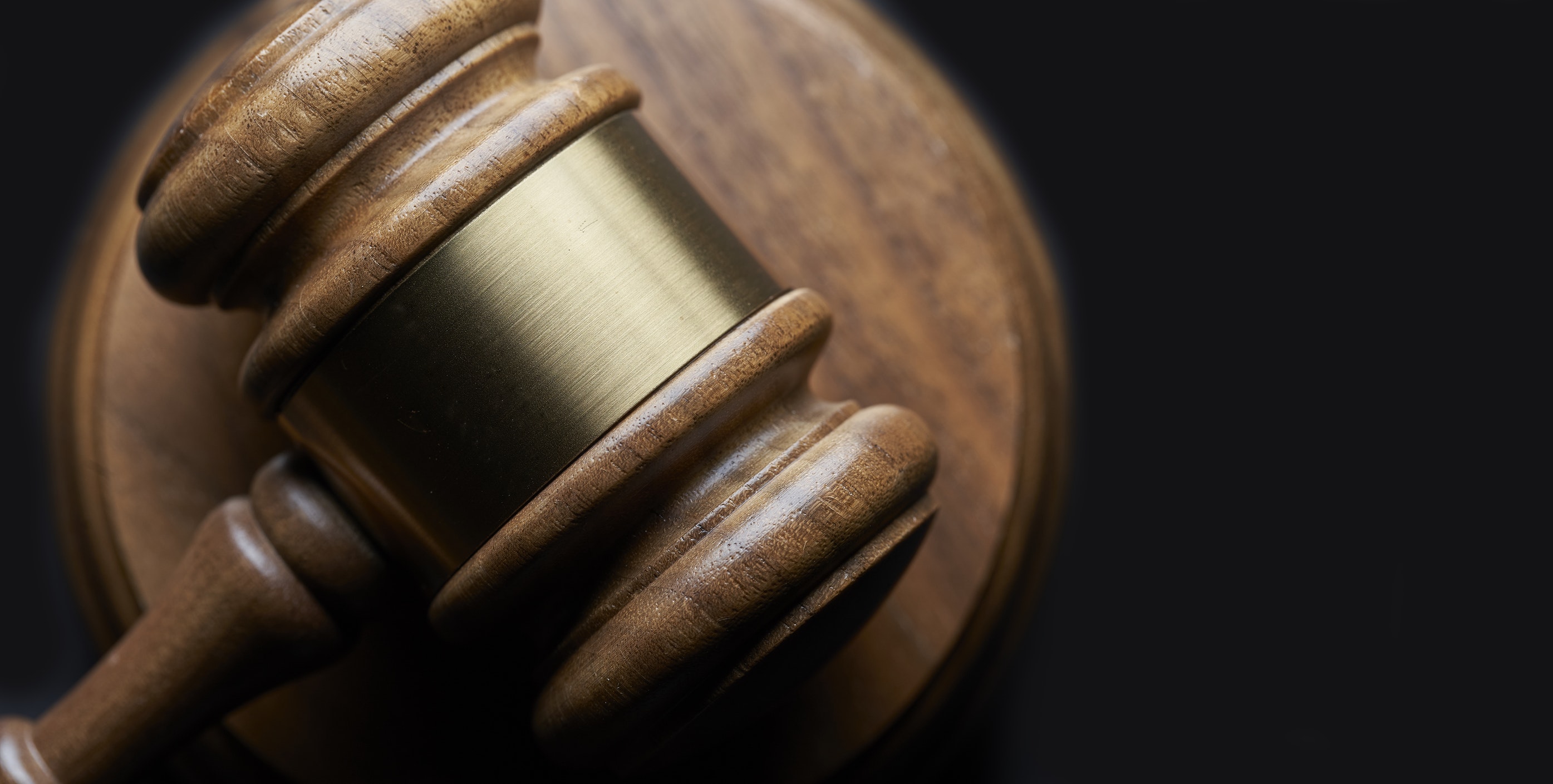A recent discovery of historical artifacts, possibly associated with the teachings of Hinduism, has baffled the locals and social media users alike. A man in England, along with his three kids, unravels 60, cube-shaped Hindu artifacts made of lead from River Sowe in Coventry.
A British man’s expedition to a nearby river to do magnetic fishing, a concept that’s long criticized for the hidden risks associated with it, turned out to be quite a rewarding experience for him and his kids as they discovered historical artifacts, belonging to Hindu mythology, possibly dated back over 150 years.
What is still unknown and bewildered several Redditers and the locals is how these spiritual sculptures got to the bottom of this remote downstream, who brought them and why they were not retrieved post the rituals.
It is important to note here that Asians, particularly Hindus, as in Indians, have a staggeringly old connection with England, and the association probably goes back to Renaissance times. Indians are known to exist in London even before Shakespeare’s era. Thus, the fact that the recently located historical artifacts exhibit Hindu religious scriptures might be a testament to the above statement.
Decrypting Hindu historical artifacts
Ever since the aha moment, there have been many theories surrounding these cryptic sculptures. One likely explanation is that these cubes represent some kind of prayer tokens with Vedic literature, a script that’s extensively mentioned when conducting Hindu rituals.

Image Source Popular Mechanics
One more peculiarly exciting thing was the fact that most of these historical artifacts were carved with magic squares, a concept that has fascinated mathematicians for over a thousand years. It involves a selection of numbers distinctively positioned to give the same sum total of the numbers from every row, column, and diagonal.
While it is true that no one can predict how old these representations are, they certainly do stand out for their uniqueness, mystery, and outlandish histories. Indeed, the world is full of incredible artifacts that offer a glimpse of previously unknown aspects of our history.
Why heritage preservation matters
However, contrary to the popular notion, their significance goes far beyond just curses, plagues, and grumpy-looking mummies. What makes these historical artifacts meaningful is that they tell us about our past cultures and offer an insight into lifestyles and customs from ancient civilizations. They are our only imaginative tool in our quest to know what prehistoric period was like.
And as a part of this generation, we have an obligation to heed the call to use available tools to preserve what we have now. So much information is lost through negligence or manipulation. There’s a real threat to our civilization being wiped out, not only by natural calamities like this current pandemic but through sophisticated hackers.
While most of us choose to believe that the libraries and museums containing these valuable remainders of our previous generations have been victims of mass destruction caused by fire, flood, or intentional eradication, the reality, however, is far more tragic.
Reports suggest that a large chunk of historical artifacts, the most excellent repository of information from the ancient world, were, in fact, victims of sheer neglect and carelessness.
Using current technologies to preserve the past
Technology has been often referred to as the remorseless disrupter of the way we live our lives, understandably due to its association with cyber attacks and other illicit activities. Although painted as some kind of livelihood wrecker or data tracking tool, technologies such as blockchain have found meaningful use cases as well. So far, this emerging technology has shown tremendous potential in terms of what it can do to build resilience, especially in times of crisis.
Blockchain babe, a revolutionary concept, has been waiting for implementation to demonstrate blockchain can change education for better and resolve the education dilemma of millions of young children. Across the globe today, children have primarily emerged as one of the most conspicuous collateral damages from COVID-19 lockdowns. What can be done for them? Will they also suffer from sheer neglect and carelessness?
A blend of the past and the present is necessary for the survival of humanity. Studying history is necessary to avoid repeating past mistakes. This saying comes from the writings of George Santayana, a Spanish-born American author of the late nineteenth and early twentieth centuries: “Those who do not remember the past are condemned to repeat it”. Printed matter is restricted and knowledge cannot be transmitted across lockdowns. Worry no more, blockchain is here.
Blockchain can prove to be a gamechanger
Like many other industries today, historic preservation, too, can largely benefit from modern technologies, particularly blockchain. With its incredible potential to store and manage data across millions of computers across the globe without letting it fall prey to attacks and hacks, blockchain can prove to be a game-changer for the preservation of historical artifacts and legacy of past civilizations.
In the fight for heritage conservation, blockchain technology can save the endangered historical artifacts by documenting its interesting and unique historical data and preserving it for posterity. By leveraging this highly sophisticated technology, the heritage institutions can corroborate user access, facilitate direct and secure connections among verified users and make sure that it is not subjected to any illicit use.







